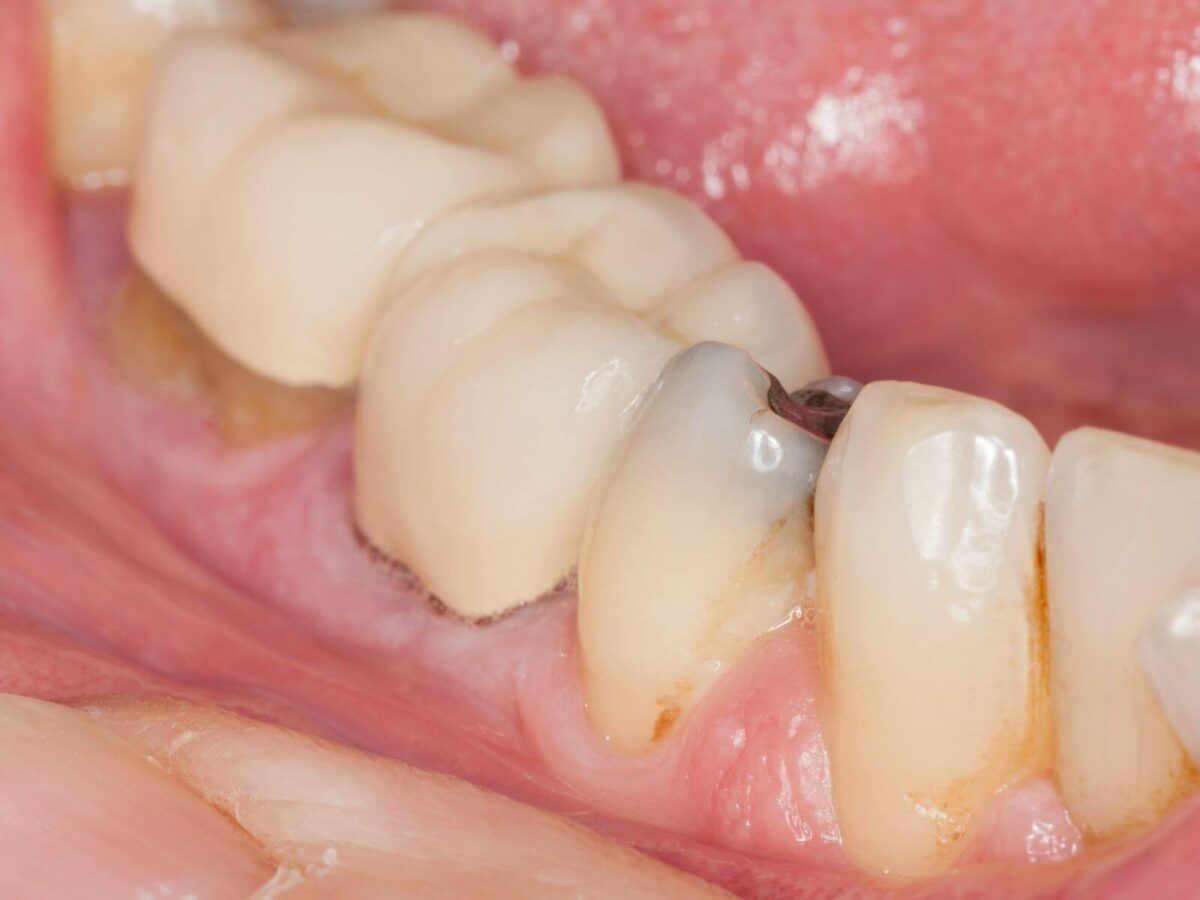Blog
Dental hygiene tips for healthy teeth & gums

Using A Crown To Restore A Tooth With A Missing Filling
Imagine this: you are happily enjoying your favorite snack, and to your dismay, you find something hard in your mouth. Then you come to learn that it was just a part of a tooth filling that remained visible after the dental work.
A missing filling means that your tooth is open to being attacked by bacteria or that you are left with a sensitive tooth. But do not fear! Sometimes, the crown proves effective in managing the tooth problem and preventing its extension to other areas.
So in this article, we’ll look at how crowns are used to replace teeth that had fillings and why you should consider it. Benbrook Dental Office TX provides complete information related to crown setup for your teeth.
What To Expect if You Just Lost Your Filling?
Just imagine when you have a filling; your teeth are left exposed once you lose the filling. It means when a filling comes out, the tooth is open to decay, discomfort, and possible fractures. Restorative dentistry is intended to close off the cavity that needs repair.
You may experience sensations of tenderness and even pain when you put something hot, cold, or sweet into your mouth. Cavities must be filled so that a decayed tooth will not continue to become weaker.
If addressed later, the problem may progress to other procedures like root canal treatment and extraction. Thus, the sooner one acts when a filling is lost is a crown, one of the most effective methods that Benbrook Dental Office TX can suggest.
Why Choose a Crown?
A dental crown is a custom-made cover that is put on a tooth or over a dental implant. A filling is said to constitute a crown if the filling has been misplaced, perhaps due to decay or extensive harm within a tooth. Here’s why a crown can be the perfect solution for restoring your tooth:
- Comprehensive Protection: The Crown encases the whole of the exposed area of the tooth from further breakdown. This is especially true when the tooth has been compromised in terms of damage and the existence of a large cavity.
- Long Lasting: Crowns are made from durable materials like porcelain, ceramic, or metal. When cared for properly, they can last 10-15 years or even longer.
- Improved Functionality: Unlike a filling, which only repairs a part of the tooth, a crown restores the tooth’s full function. It allows you to bite and chew without discomfort or fear of breaking the tooth further.
- Natural Appearance: Modern dental crowns are designed to match the color and shape of your natural teeth, so they blend seamlessly with the rest of your smile.
How Does the Process of Getting a Crown Work?
- Initial Consultation
The tooth and periapex will be examined first by your dentist. X-rays can assess tooth damage and crown readiness. A root tap may be needed before crowning a badly damaged tooth. - Preparing the Tooth
To fit the crown, your dentist will need to modify the tooth’s contour. A tiny bit of enamel needs to be cut away so the crown can fit better. Due to the use of local anesthetic, there will be zero discomfort. - Taking Impressions
The dentist will take an impression of the prepared tooth. Either using clay or scanning it would do the trick. A dental clinic like Benbrook Dental Office TX can construct a crown that is an exact match by sending the model to their workshop. - Temporary Crown
Your dentist will install a temporary crown over the prepared tooth while the permanent crown is produced in 1-2 weeks. You may eat and speak comfortably while the tooth is protected. - Crown Positioning
After your permanent crown is ready, the dentist will place it. The temporary crown is removed and the new one is cemented. To ensure the crown fits comfortably and appears natural, your dentist will modify it.
What Happens After Crowning
After placing your crown, your tooth is restored. For your crown to last, you must practice good oral hygiene. Keep your crown and teeth healthy with these tips given by Benbrook Dental Office TX –
- Just because your tooth has a crown doesn’t mean you skip oral hygiene! Plaque surrounding the crown might cause gum disease or tooth decay. Floss and brush twice every day.
- Crowns might cause moderate sensitivity. This normally goes away in a few days. If you have chronic pain, a loose crown, or swelling, see your dentist immediately.
- Crowns are sturdy, but biting down on hard objects like ice or chewing sticky foods like caramel can damage them. Watch your nutrition to keep your crown.
Are There Tooth Restoration Alternatives to Crowns?
Crowns are beneficial for many patients, but there are other options too. Depending on the condition of your tooth, Benbrook Dental Office TX may suggest:
- Filling Replacement: If the damage isn’t extensive and the tooth can support it, your dentist may simply replace the missing filling with a new one.
- Dental Veneers: For front teeth, veneers might be an option if the damage is mostly cosmetic. Veneers cover the front surface of the tooth, restoring appearance while maintaining most of the tooth structure.
- Inlays or Onlays: These are custom-made restorations that fill larger cavities without covering the entire tooth like a crown. They are more conservative than crowns and are ideal when the tooth’s structure is still intact.
Conclusion
The need for a crown relies on dental health and damage. Many patients select crowns for their durability, protection, and natural look. Benbrook Dental Office TX can recommend the best treatment for you.
Never delay if you lose a filling or are in pain! Talk to your dentist about your options and confidently fix your smile. A crown restores a healthy, working tooth!


